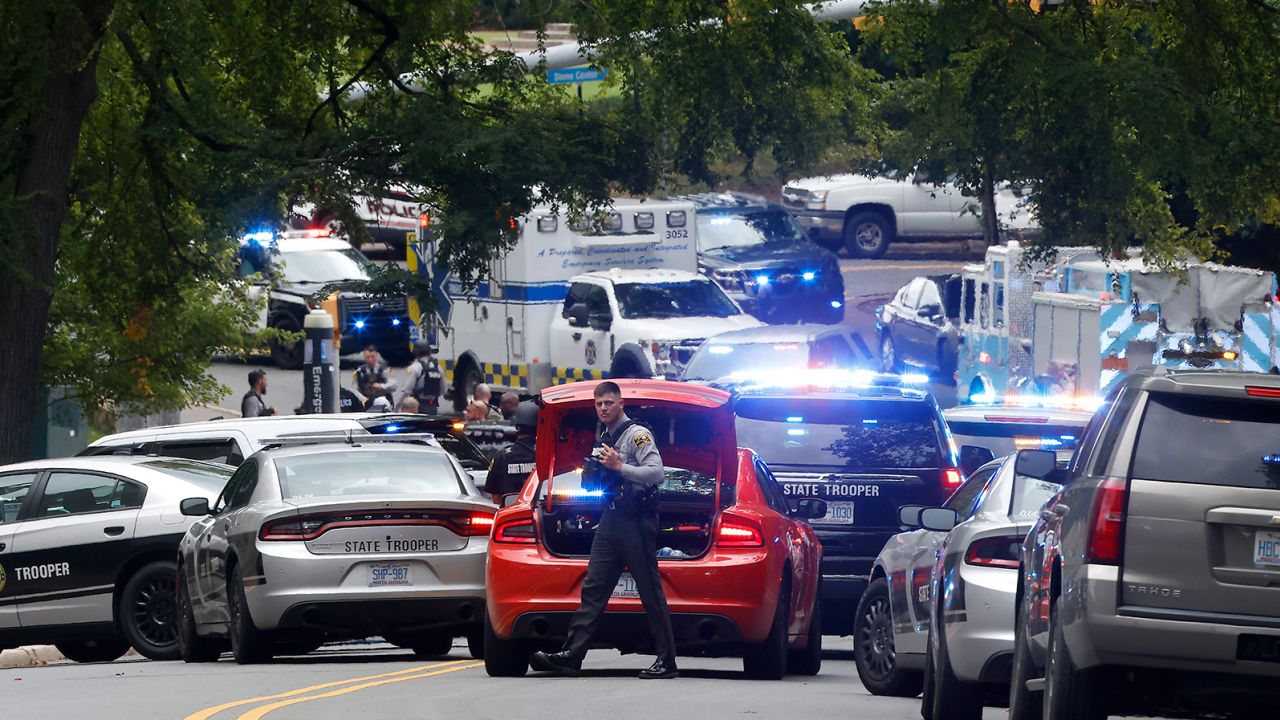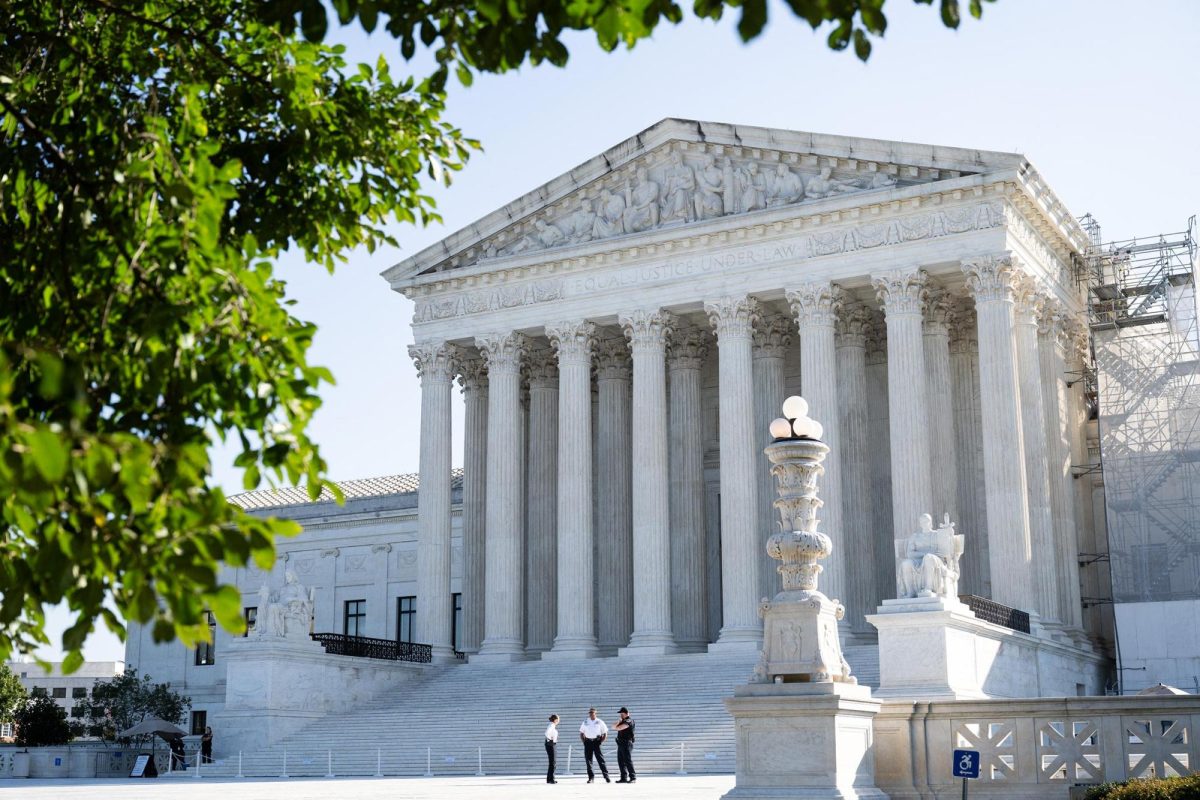CNN — The suspect in the fatal shooting of a faculty member at the University of North Carolina at Chapel Hill on Monday has been identified as a doctoral student at the school, a state official briefed by local law enforcement told CNN.
Tailei Qi is in custody on charges of first-degree murder charge and having a gun on education property, according to an Orange County Sheriff’s Office booking report.
District Attorney Jeff Nieman confirmed the charges against Qi. The suspect will have his first court appearance in Hillsborough, North Carolina, at 2 p.m., Nieman told CNN.
Qi’s photo was shared by law enforcement as a “person of interest” on Monday, and he was taken into custody about an hour and a half after the shooting, according to the source.
The same photo was on Qi’s UNC biographical page, which listed him as a graduate student in the department of Applied Physical Sciences. The page, which has been deleted but is available on the Internet Archive’s Wayback Machine, said Qi entered the school in 2022 and lists his previous education as Louisiana State University and Wuhan University.

Police still are looking for the weapon and the motive behind the fatal shooting of the faculty member, who has not been publicly identified.
The early afternoon shooting sent the university with more than 30,000 students into lockdown for hours. The suspect was detained about 90 minutes after the gunfire interrupted activities at the school’s Caudill Laboratories, a chemistry studies building.
“We want to ensure that we gather every piece of evidence to determine exactly what happened here today and why it happened,” UNC Police Chief Brian James said at a news conference Monday evening. “It is too early in this investigation to know a motive for the shooting.”
Detectives looking for motive and firearm

Detectives won’t get clues into the motive until they speak with the suspect, James said. Investigators have not found the firearm that was used in the shooting and it’s not known whether it was legally obtained, James said.
No one else was injured, officials said.
“This loss is devastating and the shooting damages the trust and safety that we so often take for granted in our campus community. We will work to rebuild that sense of trust and safety within our community,” UNC Chapel Hill Chancellor Kevin Guskiewicz said.
James said it was unclear whether the victim and the assailant knew each other.
“That will hopefully be uncovered through interviews of the suspect as well as any witnesses that may be available,” he said.
Classes and campus activities were canceled Monday and Tuesday, officials said. This is the second week of fall semester classes at the flagship university of the 17-member UNC system.
After 911 calls about the shooting came in shortly after 1 p.m., university police issued an alert advising students to go inside immediately, close windows and doors and to wait until further notice, according to an email. A witness on campus told CNN they were locked down in their building and saw armed officers searching campus.
Video from CNN affiliate WRAL showed a large number of police vehicles at the campus with their emergency lights flashing. At times, people walked out of nearby buildings in a single-file line with their arms in the air.
Police detained one person before the suspect’s arrest but they determined “very quickly” it was not the gunman, James said.
The suspect was taken into custody shortly after 2:30 p.m., Guskiewicz said. The university continued in lockdown for a couple hours after the suspect was detained because authorities were working to confirm they had the right person and trying to find the firearm that was used, James told reporters.
The university has a student body of about 32,000, along with more than 4,000 faculty and 9,000 staff members.
The FBI is assisting in evidence gathering, officials said.
Forty-nine school shootings have happened in the US this year, including the UNC shooting – 34 have been reported on K-12 campuses and 15 on university and college campuses – according to a CNN tally.
CNN’s Eric Levenson contributed to this report.




